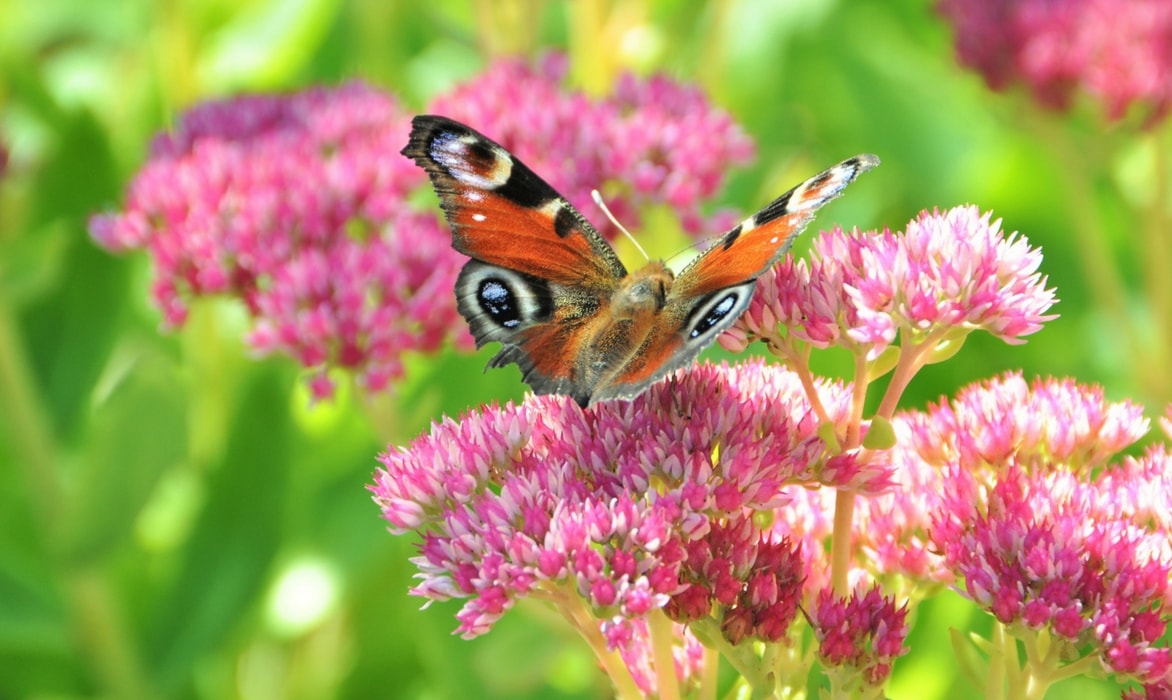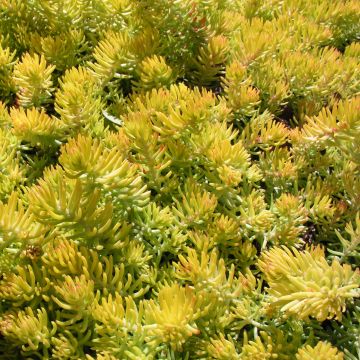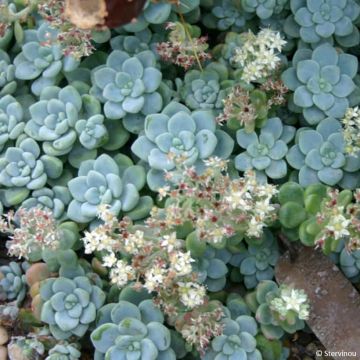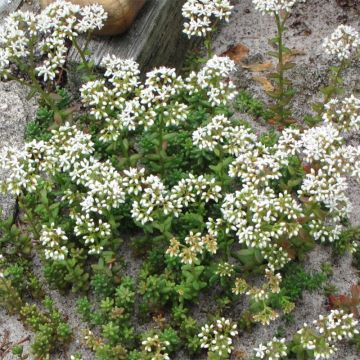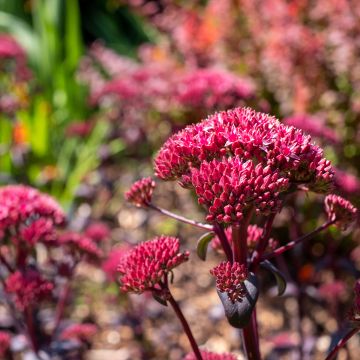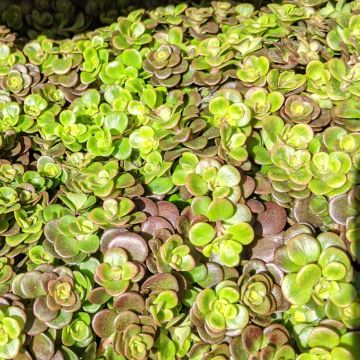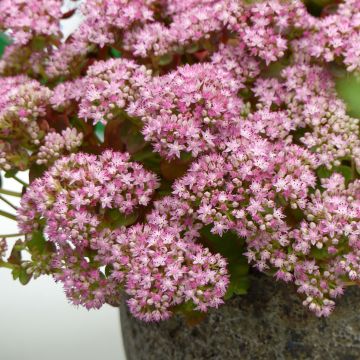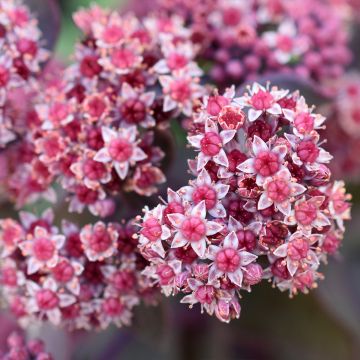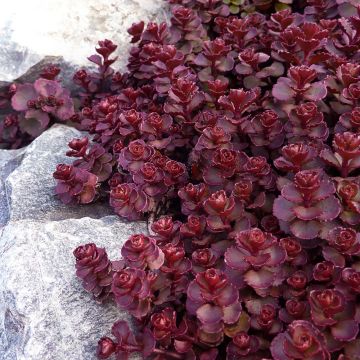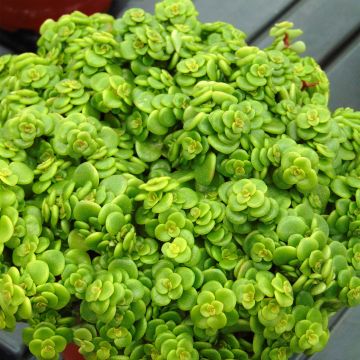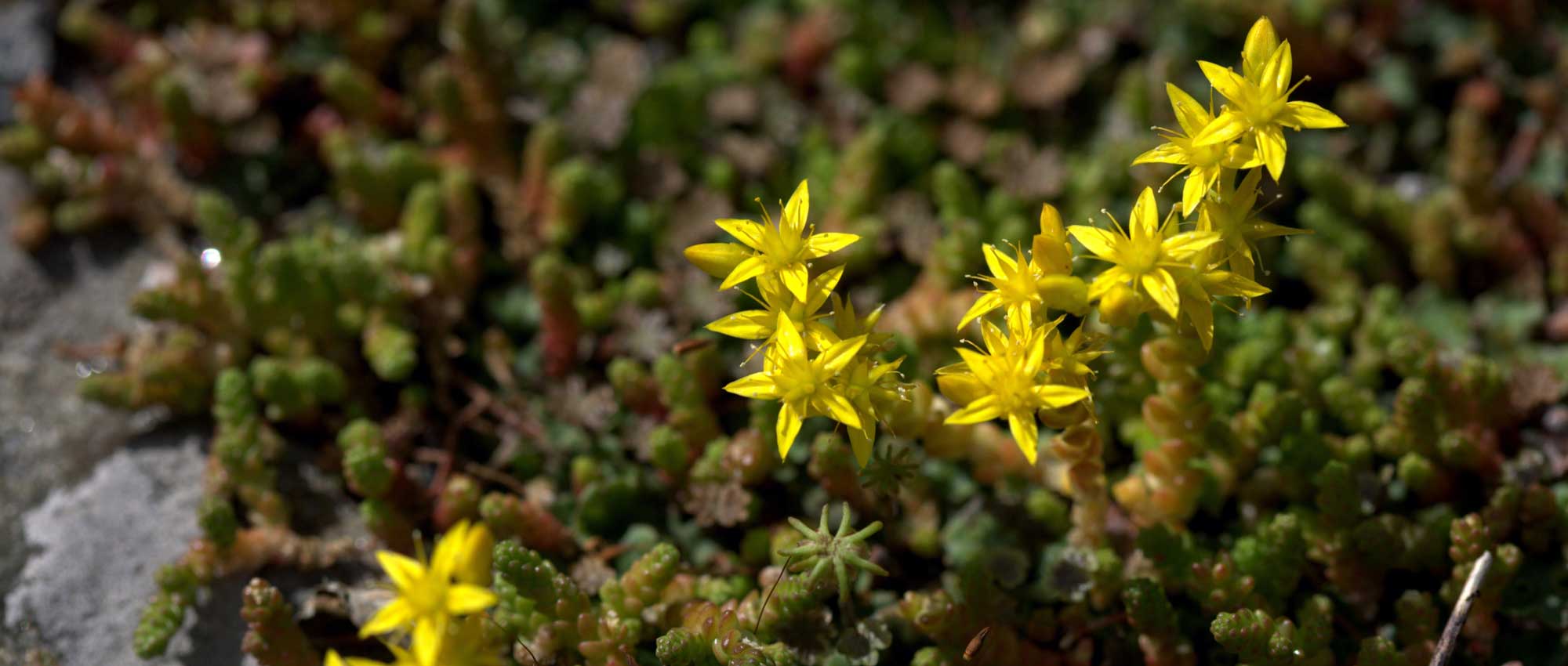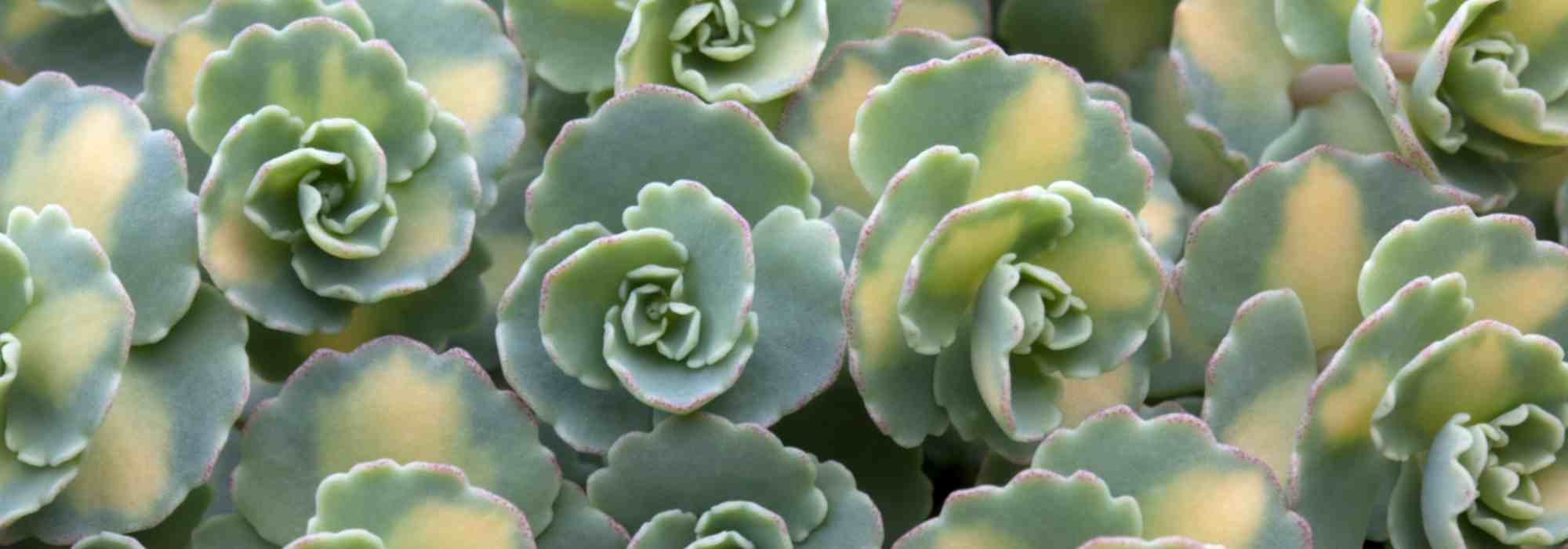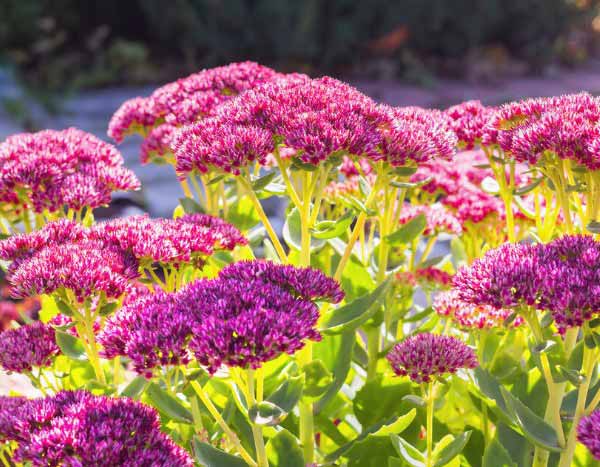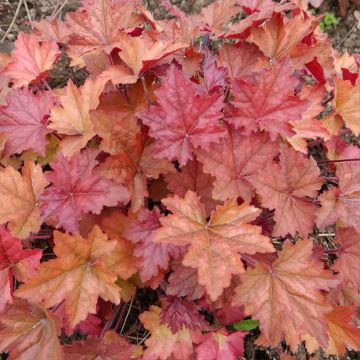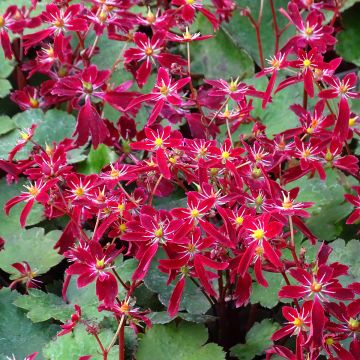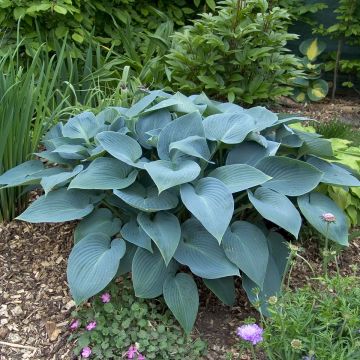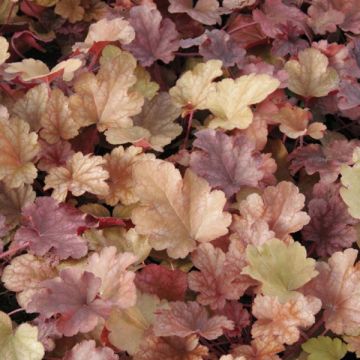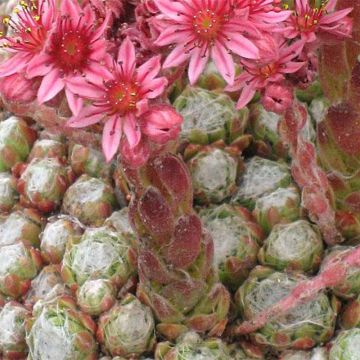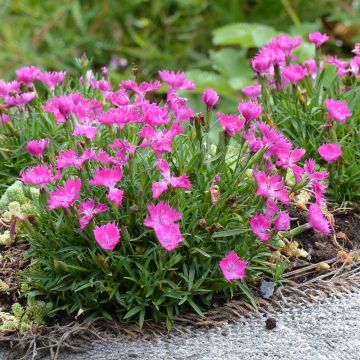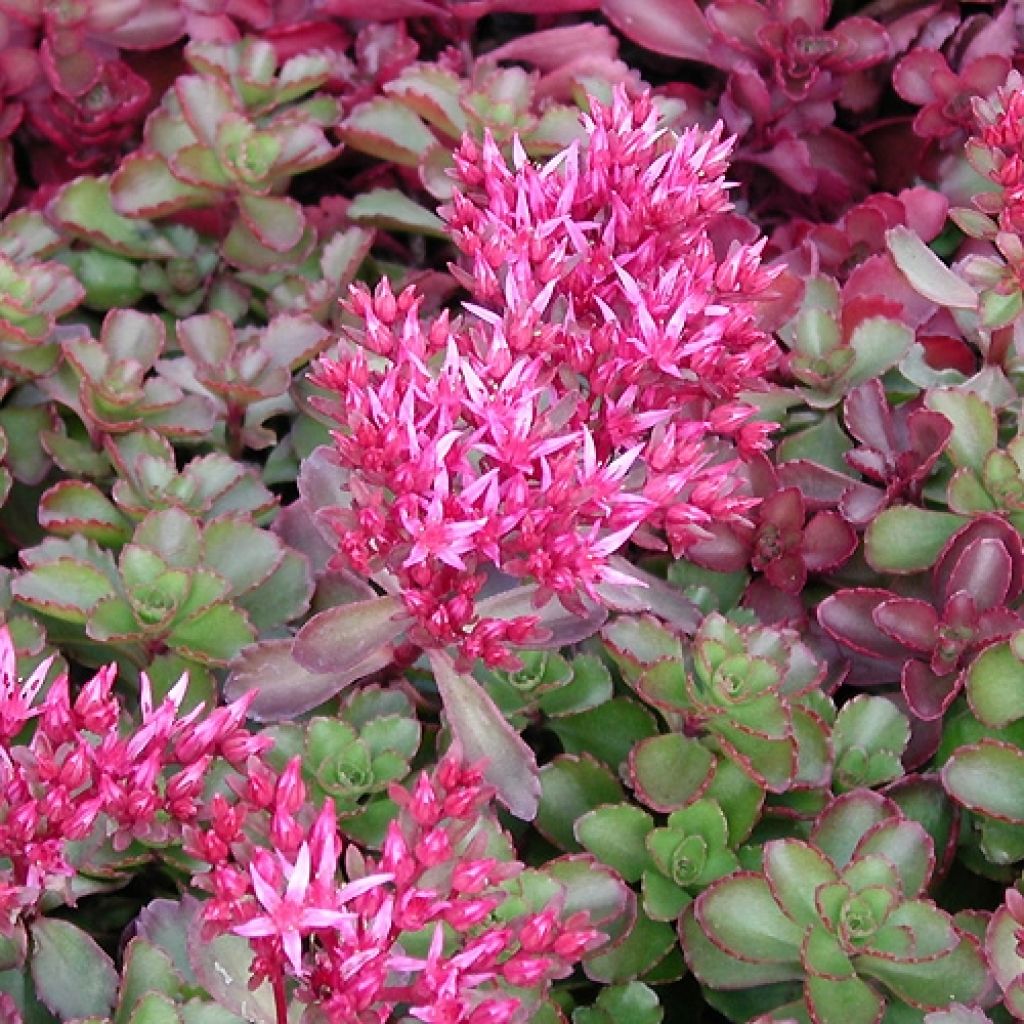

Sedum spurium Fuldaglut - Orpin
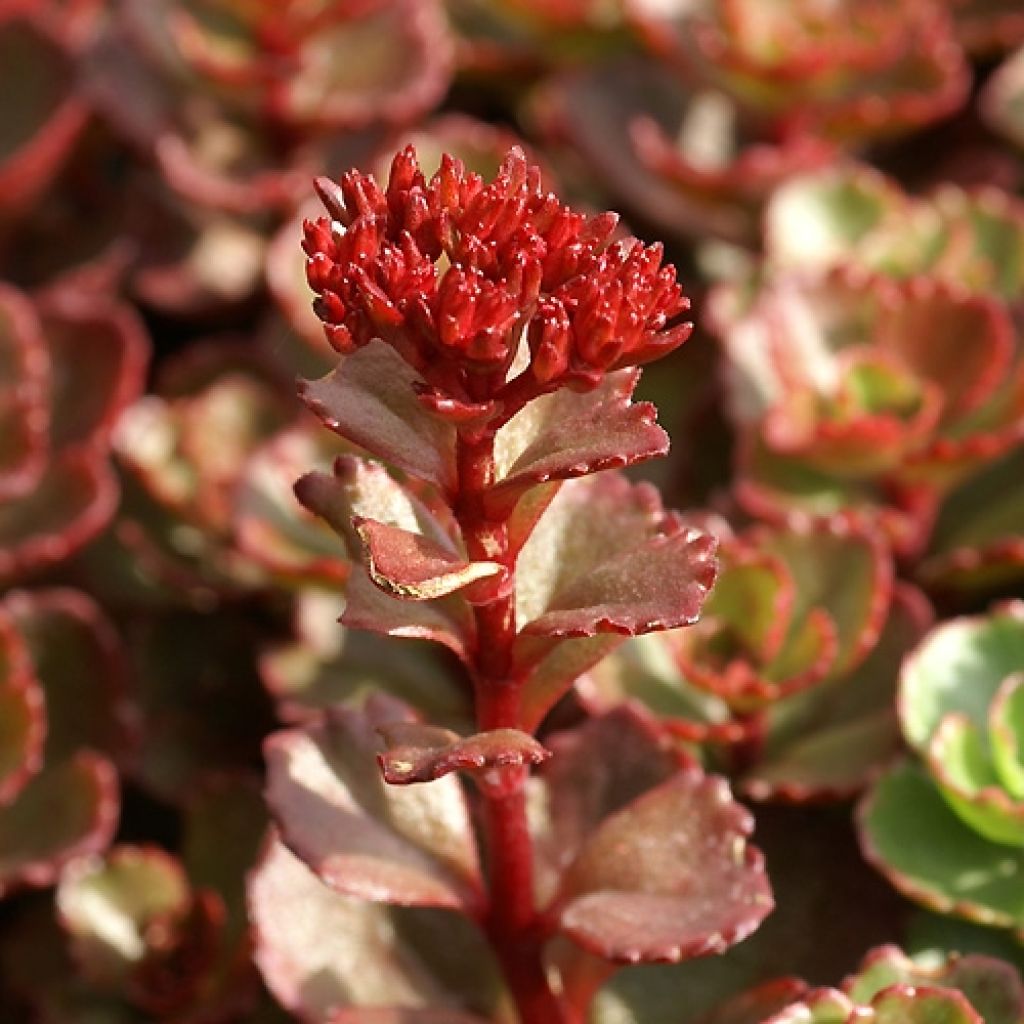

Sedum spurium Fuldaglut - Orpin
Sedum spurium Fuldaglut - Stonecrop
Sedum spurium Fuldaglut
Caucasian stonecrop, Two-row stonecrop
Special offer!
Receive a €20 voucher for any order over €90 (excluding delivery costs, credit notes, and plastic-free options)!
1- Add your favorite plants to your cart.
2- Once you have reached €90, confirm your order (you can even choose the delivery date!).
3- As soon as your order is shipped, you will receive an email containing your voucher code, valid for 3 months (90 days).
Your voucher is unique and can only be used once, for any order with a minimum value of €20, excluding delivery costs.
Can be combined with other current offers, non-divisible and non-refundable.
Home or relay delivery (depending on size and destination)
Schedule delivery date,
and select date in basket
This plant carries a 12 months recovery warranty
More information
We guarantee the quality of our plants for a full growing cycle, and will replace at our expense any plant that fails to recover under normal climatic and planting conditions.
Would this plant suit my garden?
Set up your Plantfit profile →
Description
Sedum spurium 'Fuldaglut' is a carpeting stonecrop that quickly forms a colourful ground cover. It bears bronze and purple tinted foliage and pink and red summer blooms. Growing in mats at ground level, the vegetation of this perennial hugs the terrain with a semi-evergreen mantle. Its long stems root easily in crevices and colonise rock gardens as well as dry soils that lack depth, always in full sun.
Sedum spurium (synonym Phedimus spurius) belongs to the Crassulaceae family. Its ancestor, the bastard stonecrop, is widespread in the rocky scree of the mountains of central and western Europe. The variety 'Fuldaglut' is a semi-stoloniferous plant with a carpeting habit, 10 to 12cm (4 to 5in) tall, with a spread of 60cm (24in). Its long stems bear small, oval, spatulate, fleshy, slightly tough leaves with toothed margins. This foliage persists in winter, depending on the climate. It is green in colour, with a reddish border. In autumn, under the effect of the cold, the leaves turn bronze to purple. Its charming and delicate flowering takes place in July-August. Its inflorescences are miniature corymbs and are made up of multiple pink-red star-shaped flowers, highly prized by insects. The flower buds and peduncles are bright red.
Stonecrops are proof that poor soil can grow beautiful specimens with subtle hues. If your soil is poor, rather dry, even stony, or even a little calcareous, you can nevertheless benefit from hardy perennials (they are resistant to temperatures below -15°C (5°F)), which do not require maintenance and promise to liven up the garden thanks to visits from butterflies. These succulents are easy to grow and have flowers and foliage in various shades that can be used to compose multiple displays, whether in beds, containers, or rockeries. You can still grow them if you have rich, moist, and heavy substrate. They will acclimatise without any worries if you take care to add gravel. They should not be subjected to excess humidity in winter, nor should they be covered with dead leaves (which can cause their deterioration).
This 'Fuldaglut' stonecrop brings colour to all sunny corners. Plant it along paths, at the edge of a patio, at the foot of a wall, or in pots that you can move as you wish. It combines easily with all rock garden plants, requires no maintenance, and colonises abandoned spaces. As such, it is suitable for green roofs. In a bed, it forms a luminous foreground that draws the eye to its neighbours. It can be placed under shrubs (facing south) to fill poor soils.
Sedum spurium Fuldaglut - Stonecrop in pictures
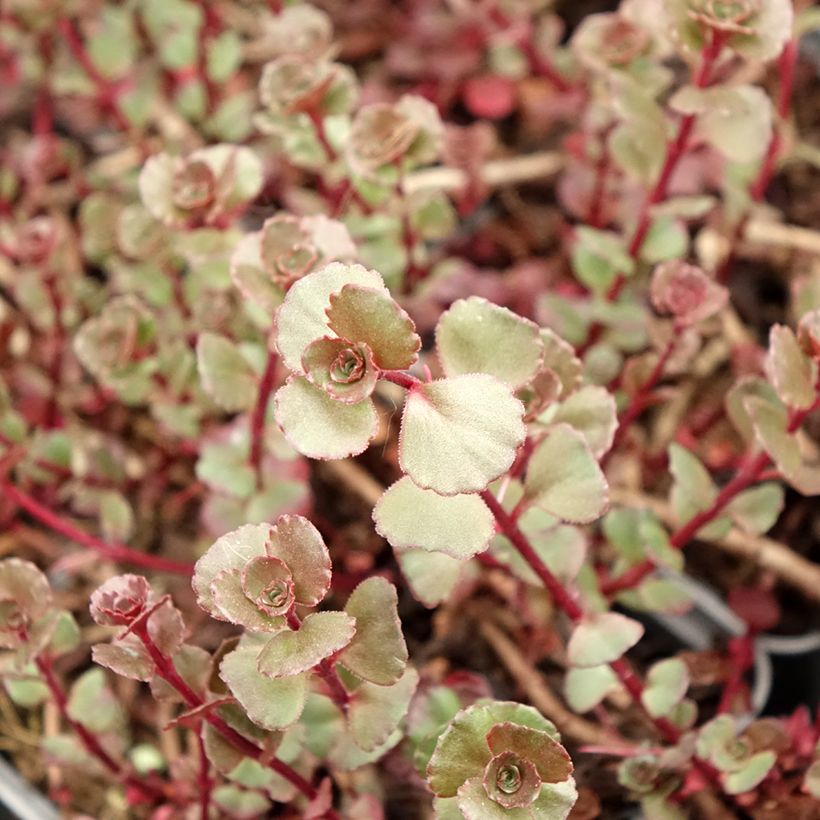

Flowering
Foliage
Plant habit
Botanical data
Sedum
spurium
Fuldaglut
Crassulaceae
Caucasian stonecrop, Two-row stonecrop
Cultivar or hybrid
Other Sedum
View all →Planting and care
Sedum spurium 'Fuldaglut' likes warm exposures and dry, poor soils. You can plant it in spring or autumn in the ground or in a container. Keep the soil well-drained. Add gravel, if necessary, to improve drainage. On the other hand, if you place it in a rock garden or on a low wall, give it just a little potting soil to help it to take root. Afterwards, it will fend for itself.
If you want to multiply it, all you have to do is cut off a few roots that are already attached to their support and move them by burying them lightly.
Take care of it by making sure it doesn't get covered with dead leaves or vegetation residues, and by possibly removing small wilted inflorescences.
Planting period
Intended location
Care
Planting & care advice
This item has not been reviewed yet - be the first to leave a review about it.
Similar products
Haven't found what you were looking for?
Hardiness is the lowest winter temperature a plant can endure without suffering serious damage or even dying. However, hardiness is affected by location (a sheltered area, such as a patio), protection (winter cover) and soil type (hardiness is improved by well-drained soil).

Photo Sharing Terms & Conditions
In order to encourage gardeners to interact and share their experiences, Promesse de fleurs offers various media enabling content to be uploaded onto its Site - in particular via the ‘Photo sharing’ module.
The User agrees to refrain from:
- Posting any content that is illegal, prejudicial, insulting, racist, inciteful to hatred, revisionist, contrary to public decency, that infringes on privacy or on the privacy rights of third parties, in particular the publicity rights of persons and goods, intellectual property rights, or the right to privacy.
- Submitting content on behalf of a third party;
- Impersonate the identity of a third party and/or publish any personal information about a third party;
In general, the User undertakes to refrain from any unethical behaviour.
All Content (in particular text, comments, files, images, photos, videos, creative works, etc.), which may be subject to property or intellectual property rights, image or other private rights, shall remain the property of the User, subject to the limited rights granted by the terms of the licence granted by Promesse de fleurs as stated below. Users are at liberty to publish or not to publish such Content on the Site, notably via the ‘Photo Sharing’ facility, and accept that this Content shall be made public and freely accessible, notably on the Internet.
Users further acknowledge, undertake to have ,and guarantee that they hold all necessary rights and permissions to publish such material on the Site, in particular with regard to the legislation in force pertaining to any privacy, property, intellectual property, image, or contractual rights, or rights of any other nature. By publishing such Content on the Site, Users acknowledge accepting full liability as publishers of the Content within the meaning of the law, and grant Promesse de fleurs, free of charge, an inclusive, worldwide licence for the said Content for the entire duration of its publication, including all reproduction, representation, up/downloading, displaying, performing, transmission, and storage rights.
Users also grant permission for their name to be linked to the Content and accept that this link may not always be made available.
By engaging in posting material, Users consent to their Content becoming automatically accessible on the Internet, in particular on other sites and/or blogs and/or web pages of the Promesse de fleurs site, including in particular social pages and the Promesse de fleurs catalogue.
Users may secure the removal of entrusted content free of charge by issuing a simple request via our contact form.
The flowering period indicated on our website applies to countries and regions located in USDA zone 8 (France, the United Kingdom, Ireland, the Netherlands, etc.)
It will vary according to where you live:
- In zones 9 to 10 (Italy, Spain, Greece, etc.), flowering will occur about 2 to 4 weeks earlier.
- In zones 6 to 7 (Germany, Poland, Slovenia, and lower mountainous regions), flowering will be delayed by 2 to 3 weeks.
- In zone 5 (Central Europe, Scandinavia), blooming will be delayed by 3 to 5 weeks.
In temperate climates, pruning of spring-flowering shrubs (forsythia, spireas, etc.) should be done just after flowering.
Pruning of summer-flowering shrubs (Indian Lilac, Perovskia, etc.) can be done in winter or spring.
In cold regions as well as with frost-sensitive plants, avoid pruning too early when severe frosts may still occur.
The planting period indicated on our website applies to countries and regions located in USDA zone 8 (France, United Kingdom, Ireland, Netherlands).
It will vary according to where you live:
- In Mediterranean zones (Marseille, Madrid, Milan, etc.), autumn and winter are the best planting periods.
- In continental zones (Strasbourg, Munich, Vienna, etc.), delay planting by 2 to 3 weeks in spring and bring it forward by 2 to 4 weeks in autumn.
- In mountainous regions (the Alps, Pyrenees, Carpathians, etc.), it is best to plant in late spring (May-June) or late summer (August-September).
The harvesting period indicated on our website applies to countries and regions in USDA zone 8 (France, England, Ireland, the Netherlands).
In colder areas (Scandinavia, Poland, Austria...) fruit and vegetable harvests are likely to be delayed by 3-4 weeks.
In warmer areas (Italy, Spain, Greece, etc.), harvesting will probably take place earlier, depending on weather conditions.
The sowing periods indicated on our website apply to countries and regions within USDA Zone 8 (France, UK, Ireland, Netherlands).
In colder areas (Scandinavia, Poland, Austria...), delay any outdoor sowing by 3-4 weeks, or sow under glass.
In warmer climes (Italy, Spain, Greece, etc.), bring outdoor sowing forward by a few weeks.






























